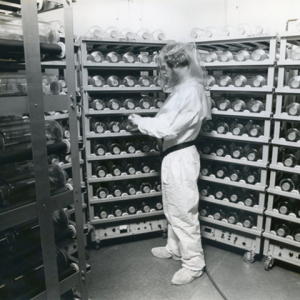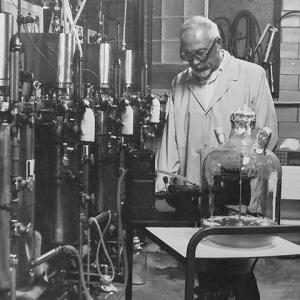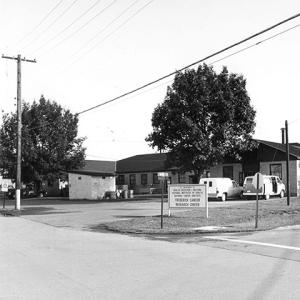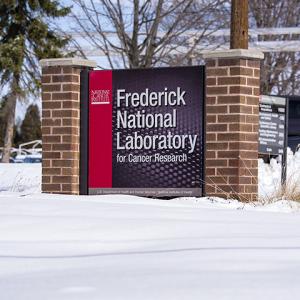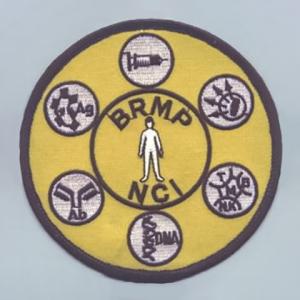NCI Frederick Authors and Collaborators Map Full Transcriptome of Cottontail Rabbit Papillomavirus
CRPV has long served as a stand-in for studying HPV. However, researchers at NCI Frederick and Pennsylvania State University Cancer Institute have only recently decoded its transcriptome—the complete map of its active RNA—revealing how CRPV’s RNA toggles genes on and off in host cells, allowing the virus to replicate and modulating the cells’ functions.
06.10.2025


